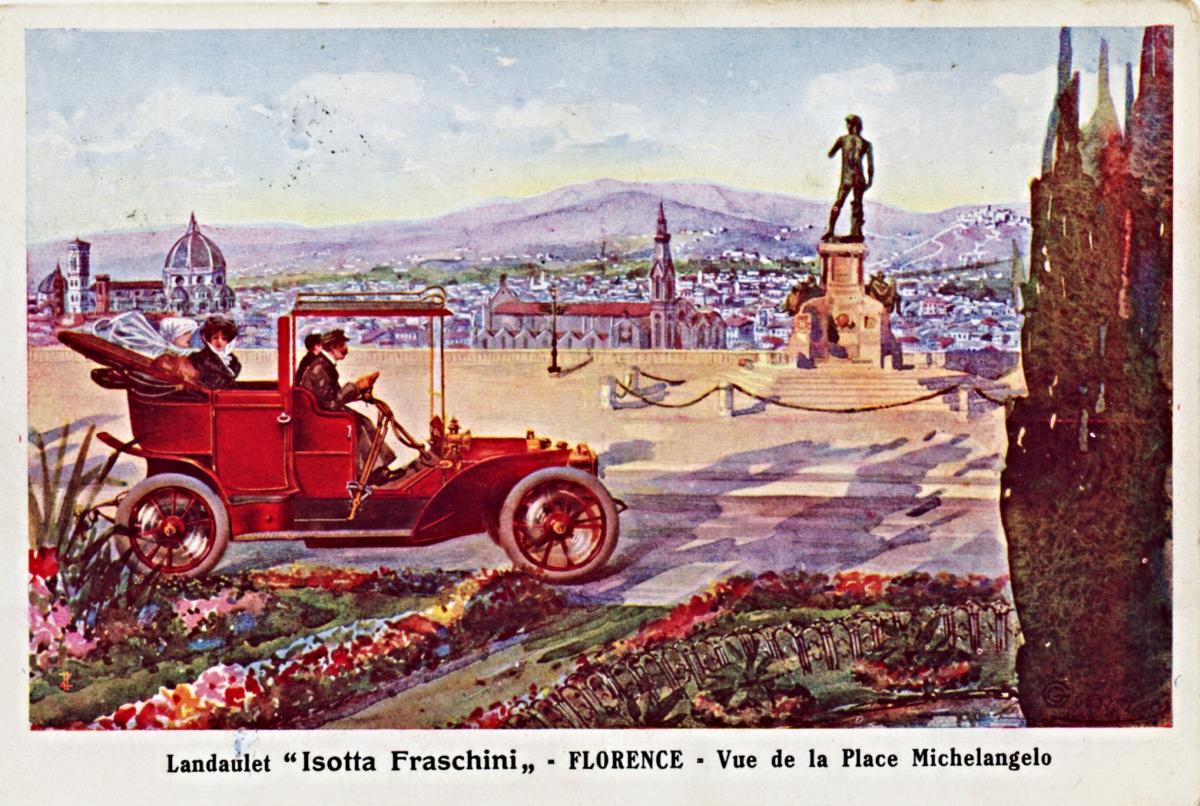




 15 March 2013
15 March 2013
 Caterina Pomini
Caterina Pomini
 6623
6623
Tuscany enshrines 6 Unesco World Heritage Sites you should definitely consider when planning your Tuscany tour. Here is the list:
1) Florence. Everything that could be said about the historic centre of Florence has already been said. Art, history, territory, atmosphere, traditions, everybody loves this city depicted by many as the Cradle of the Renaissance. Florence attracts millions of tourists every year and has been declared a World Heritage Site due to the fact that it represents a masterpiece of human creative genius + other 4 selection criteria.
2) Piazza dei Miracoli, Pisa. It was declared a Unesco World Heritage Site in 1987 and is basically a wide walled area, partially paved and partially covered by grass, dominated by 4 great religious buildings: the Duomo, the Leaning Tower, the Baptistry and the Camposanto.
3) San Gimignano has been a World Heritage Site since 1990 and is considered the emblem of medieval Tuscany. Its historic centre represents a masterpiece of human creative genius, it bears a unique testimony to Tuscan civilization and surely is an outstanding example of architectural ensemble, which illustrates significant stages in human history.
4) 40 kilometers away from San Gimignano stands Siena, the historical enemy of Florence.
Throughout the centuries, the city's medieval appearance has been preserved and expansion took place outside the walls. Siena is world famous for its cuisine, art, museums, the Romanesque-Gothic Duomo, Piazza del Campo and the Palio, for these and other reasons it is one of the nation's most visited attractions.
5) It was in Pienza that Renaissance town-planning concepts were first applied; in 1459, Pope Pius II decided to transform the little village of Corsignano into an ideal city and employed the architect Bernardo Rossellino, who put into practice the principles of Leon Battista Alberti. This new vision of urban space was realized in the square known as Piazza Pio II and the buildings around it, the square represents a masterpiece of human creative genius and mainly for this reason was included in the list in 1996.
6) Finally the Val d’Orcia, included in the Unesco list since the year 2004: Val d'Orcia is an extraordinary reflection of the way the landscape was re-written in the Renaissance to reflect the ideals of good governance and to create an aesthetically pleasing picture; its landscape was celebrated by famous Renaissance painters and has deeply influenced the development of landscape thinking.
Discover the 47 UNESCO World Heritage Sites in Italy -
THIS SECTION
IS UNDER CONSTRUCTION